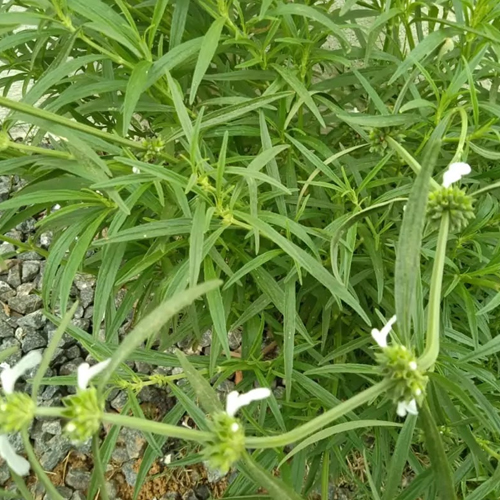COMMON NAME: Thumbai
SCIENTIFIC NAME: Leucas aspera
FAMILY: Lamiaceae
SOIL: Thumbai is typically found in dry, open, sandy soil.
CHEMICAL CONTENTS: Alkaloids, glucoside, insecticide, antifungal, prostaglandin, antinociceptive and cytotoxic activities.
FLOWER: Complete, bisexual, irregular, zygomorphic, hypogynous, pentamerous, white.
ABOUT PLANT: Leucas aspera is an erect, annual plant with a much-branched stem 30 - 60cm tall. The plant is harvested from the wild for local use, primarily as a medicine, but also as a food and insect repellent. It is sometimes cultivated in home gardens for use in local medicine and as a pot herb.


- Thumbai Oil For Oil Bath & Noise In The Ear : If you are suffering from sinusitis and if this problem is keeping you from having oil bath, try the oil made with thumbai flowers. To make the oil, heat unrefined sesame oil in a small pan along thumbai flowers in a low flame. This oil also prevents sinus headaches.
- For Insect Bites & Skin Diseases: Take the leaves of the plant and pound it as finely as you can in a mortar and pestle and apply it as a poultice over the affected area. Take a thin cotton cloth and tie it over the poultice to prevent it from falling down and also make sure not to add any water or very little water while pounding the plant.
- Thumbai Juice: To make the juice, take the leaves and grind it to a smooth paste along with little boiled water. Take around 1 tbsp of the juice for 3 days in an empty stomach daily to speed up the healing process. This juice also can be applied for skin problems. This juice also removes intestinal worms.
